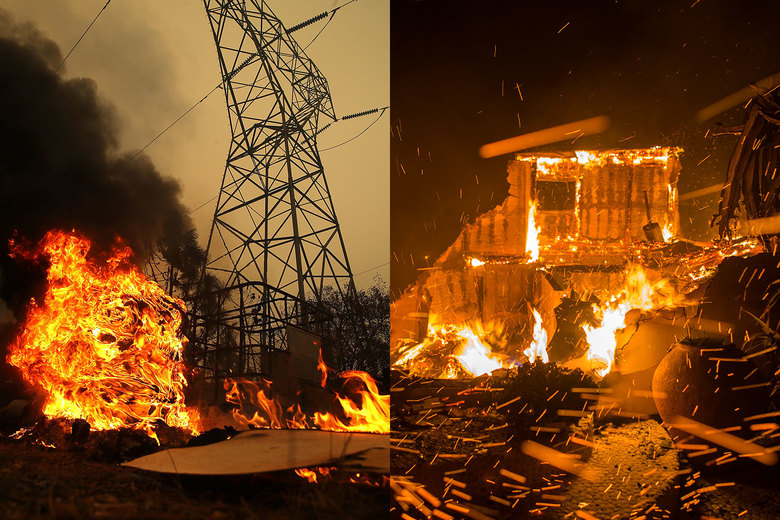Over the last several years, HWMO has prioritized adaptive measures such as Firewise Communities and strategic, cross-boundary vegetation management planning to ready areas for the rapidly changing conditions causing more and larger wildfires in Hawaii. The gravity of the situation is real with climate change, but there is so much we can do in our own communities to prepare for wildfires and other climate hazards. Learn how by visiting our Take Action page and the Wildfire Lookout! page.
Check out this excellent article with some of our close partners, including Dr. Clay Trauernicht and Michael Walker, who were interviewed and data that HWMO was instrumental in laying the groundwork for — the statewide wildfire history database we produced with our fire agency partners. Although sobering, it is great to see this data put to use for a better understanding of how climate change affects Hawaii locally.
From the Source:
In Hawaii, wildfires generally ignite during the dry season, typically between May and November, when it's hotter, drier and windier outside.
But models show that the drier leeward areas, where fires are more frequent, will see even less rainfall as a result of climate change, exacerbating drought conditions and expanding the length of Hawaii's dry season.
That means more favorable conditions for brush fires to ignite.
And non-native grasslands and shrubs — which cover nearly a fourth of Hawaii's total land area — are highly adapted to fire, meaning they thrive when they burn and come back really quickly, researchers say. And the drier it is, the harder it is for forests to recover in those spots.
Hotter days could spell longer-lasting brush fires, meaning more hours for firefighters and greater potential for damage to infrastructure.
And it's only going to get hotter. A regional NOAA report estimates that in Hawaii, temperatures are expected to rise by 4 to 5 degrees by 2085 — under a worst case emission scenario.
"If you have hotter days, the conditions that are going to promote your most active fires — like the hottest, windiest conditions — have the potential to last longer for hours within a span of a day," Trauernicht said, pointing to the Makaha fire that continued burning in the early evening, when temperatures are normally dropping and humidity levels usually go up.





















